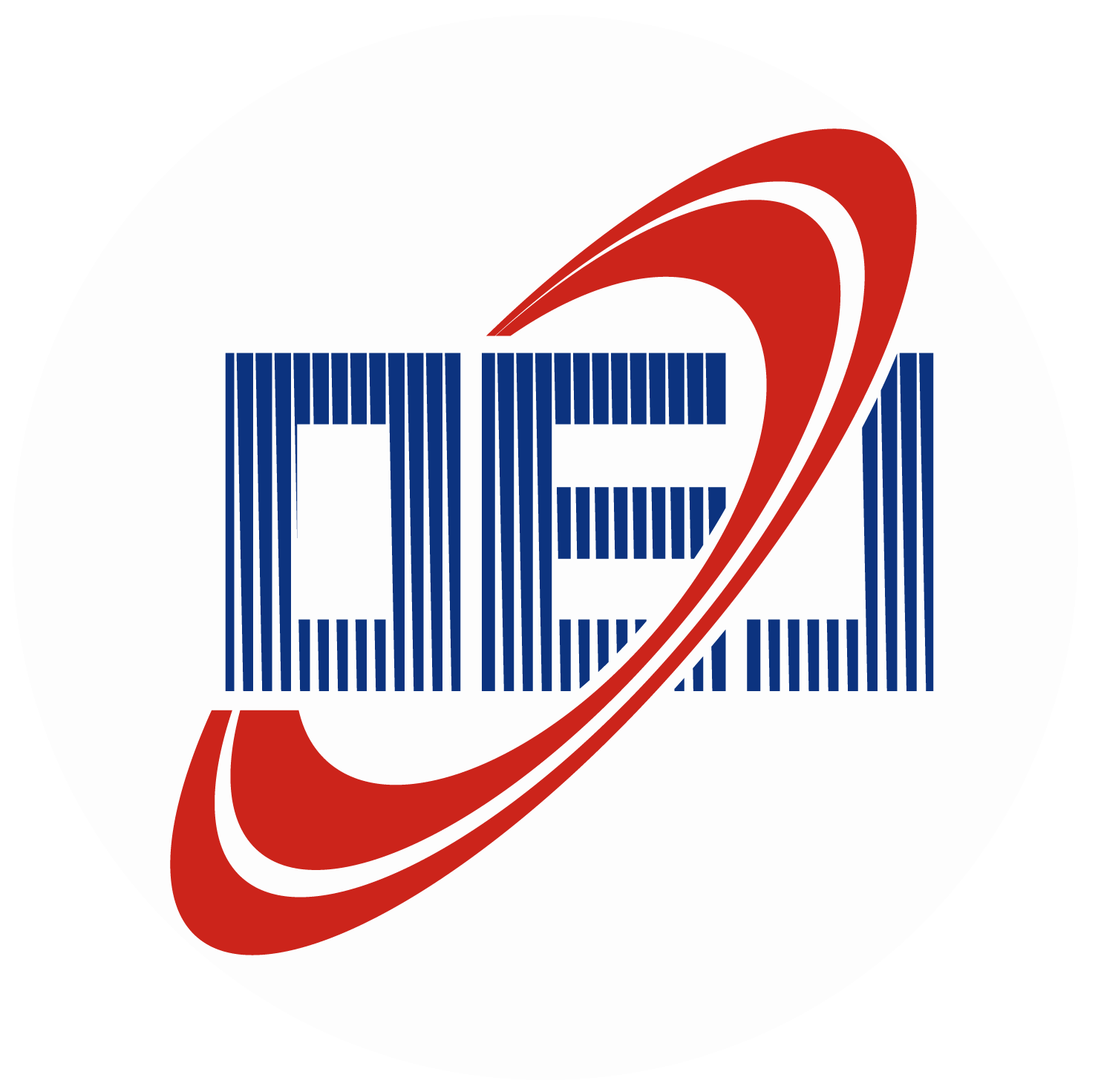-
Abstract
In a very recent study, Prof. Lingling Huang and co-workers proposed and demonstrated reconfigurable optical neural networks based on cascaded metasurfaces. By fixing one metasurface and switching the other pluggable metasurfaces, the neural networks, which operate at near-infrared wavelengths, can perform distinct recognition tasks for handwritten digits and fashion products. This innovative device opens up an avenue for all-optical, high-speed, low-power, and multi-functional artificial intelligence systems. -



 E-mail Alert
E-mail Alert RSS
RSS


